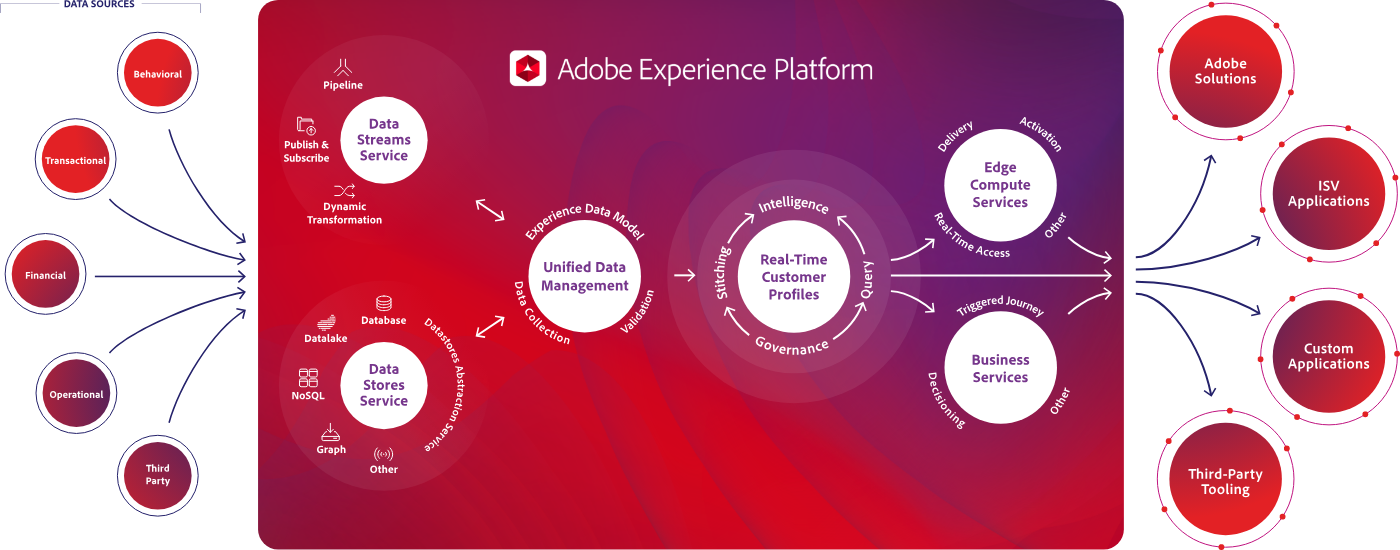At the Adobe Summit 2019 conference this week, Adobe detailed that its Adobe Experience Cloud customer experience ecosystem is reliant on a set of best DevOps processes that is wrapped around a modern microservices architecture and layered on top of big data platform deployed on the Azure cloud.
Adobe last year acquired Magento, provider of an e-commerce platform, and Marketo, provider of a marketing automation platform. Since then, Adobe has been working to integrate those offerings with its existing marketing application to create the Adobe Experience Cloud.
Anjul Bhambhri, vice president of platform engineering for Adobe, said this set of software-as-a-service (SaaS) applications are being integrated around a shared common data model that is layered on a microservices-based architecture of containers running on Kubernetes clusters. On top of that, Adobe is layering a series of machine learning algorithms, dubbed Sensei, to embed artificial intelligence (AI) across the entire portfolio, he said.
As that work progresses, Adobe plans to allow customers and partners to leverage the data stored in the Adobe Experience Cloud to train their own AI models using data curated by Adobe, Bhambhri noted. That data model, known as the Experience Data Model (XDM), is also being shared with partners including Microsoft and SAP, which last year committed to an ambitious initiative to build a common data model in collaboration with Adobe. XDM makes use of open source Kafka messaging software to integrate the various data pipelines that are required to integrate these applications at scale in near real-time, Bhambhri said.
Those efforts complement an existing initiative under which Adobe is exposing open application programming interfaces (APIs) to encourage developers to build applications that extend Adobe Experience Cloud.

Rather than building their own customer data platforms, organizations can drive their digital business initiatives using a big data platform managed by Adobe on their behalf. Many organizations have been building their own platforms to achieve that goal with mixed success, first deploying a data warehouse on top of a big data platform and then working to integrate various applications to provide a richer digital customer experience. Bhambri noted Adobe is pouring considerable resources to obviate the need for organizations to acquire, deploy and manage their own IT infrastructure to achieve that goal.
IT leaders must decide whether they want to reduce the time, money and effort required to build these custom platforms in favor of using a managed service from Adobe—which, arguably, would enable them to pour more resources into developing applications that, as a result, would come to market faster.
In the meantime, it’s clear the need to embrace digital business transformation will drive more organizations to embrace DevOps processes. The question now is to what degree they need to define their own set of best DevOps processes versus simply lifting the DevOps best practices that organizations such as Adobe have already proven.




